Hollow Knight
Third Time's the Charm
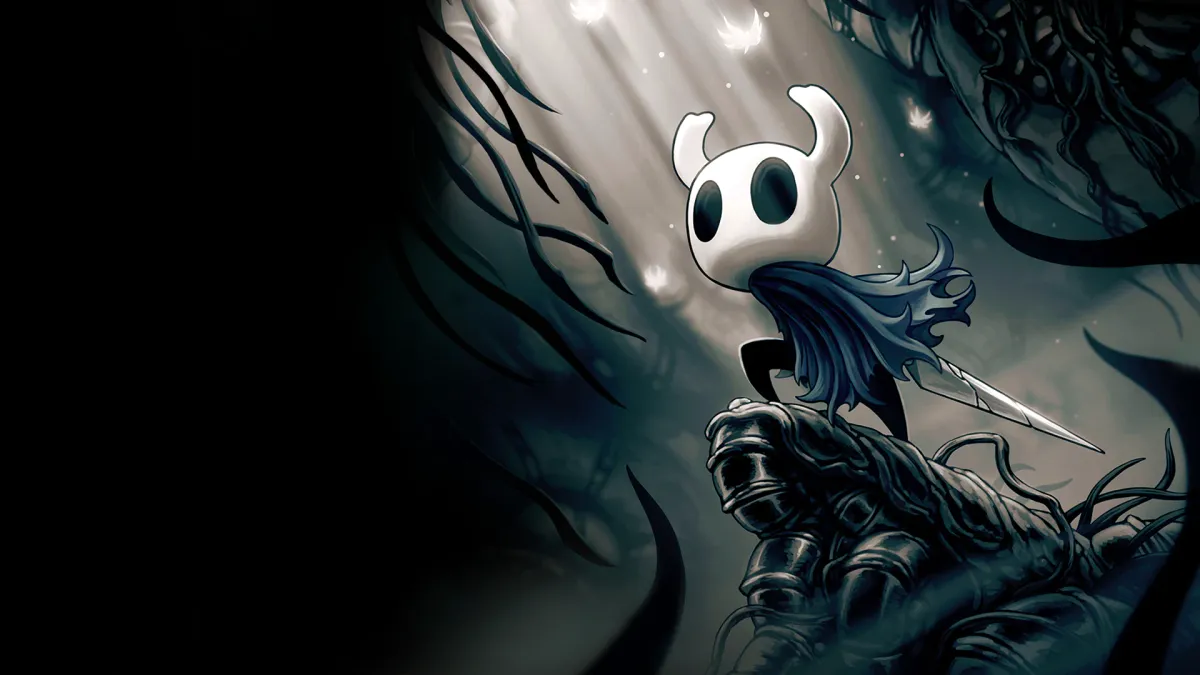
Game Information
Game Name: Hollow Knight
Platform(s): PC, Xbox One, PlayStation 4, Nintendo Switch
Developer(s): Team Cherry
Publisher(s): Team Cherry
Genres: Metroidvania, Adventure, Platformer
First Release Date: Feb 24, 2017
Last Update Date: Aug 15, 2022
Description: Forge your own path in Hollow Knight! An epic action adventure through a vast ruined kingdom of insects and heroes. Explore twisting caverns, battle tainted creatures and befriend bizarre bugs, all in a classic, hand-drawn 2D style.
Reviewed On
Hardware: S.T.A.L.K.E.R.
(Radeon RX 6950 XT, AMD Ryzen 7 5800X3D, 32 GB RAM)
Platform: Steam
Review Notes
- This was my third or fourth attempt to play Hollow Knight, as I'll get into. No mods were used.
Hard Mode
In my first attempt at Hollow Knight, I got stuck at the boss Soul Master. The run back to the boss room sucked, I felt like I didn't stand a chance in the actual fight, and after a dozen or so attempts I through my hands up and decided Hollow Knight wasn't for me. This time around I beat Soul Master on my second attempt, and it was a breeze, but what changed? I went back and reviewed that save file from my first playthrough attempt and two things really stuck out. First, I only had 5 or 6 charms in my inventory and just four charm notches... what was I doing??? Second, my nail was still the base nail, completely un-upgraded. No wonder this shit was hard. So, what happened? Why was I so underpowered compared to my current playthrough?
The first reason I see is that I was playing Hollow Knight more like a Dark Souls game and less like a Metroidvania. As you can see in my review below, I realized this was my first foray into the genre and it shows when reviewing that save file. Hollow Knight is more like Elden Ring in the sense that if you run up against a brick wall, you can absolutely spend time bashing your head into it if you want to, but you can also do a myriad of other activities to grow stronger and more experienced. Hollow Knight's world is massive and there's so much to do of wildly different difficulty levels. Me slamming my head against Soul Master was not the right move and it soured my experience with the game.
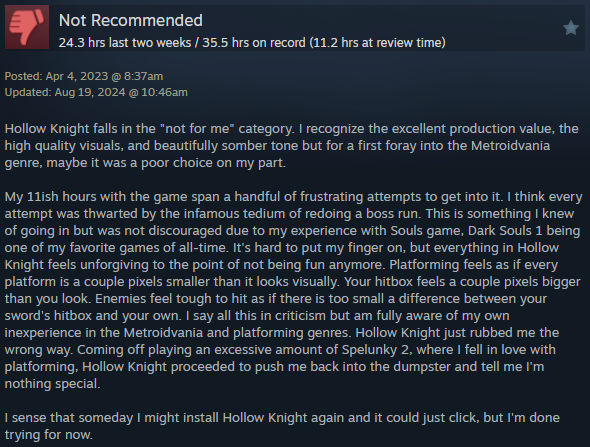
The second reason plays off the first in that I just straight up missed two really important NPCS: Salubra and the nailsmith. Like I said, I was working with a base nail and nearly base-level charm notches. Salubra sells both charms and notches, where charms upgraded your character's ability in a variety of ways, while notches upgrade how many charms you can wear. The nailsmith simply upgrades the damage of your nail, with the first upgrade nearly doubling your damage straight away. So... yeah, I'm a little disappointed with myself, but also Hollow Knight is a pretty vague game when it comes to giving the player specific direction. It's a design choice that is sure to both alienate and draw in players. For me it turns out it did both.
What is a Metroidvania Game?
I'm not the one to answer this as Hollow Knight is my first of its kind, but I'll still attempt to break it down, at least my understanding of the genre. Hollow Knight has a 2D presentation and contains a bunch of three things: combat, platforming, and exploration. The key that ties it all together and turns it into a Metroidvania is the character progression and how to game world is gated to the player. The hallmark here in Hollow Knight seems to be the slow acquisition of character abilities that change how the character moves. This fundamentally changes your combat options, how you platform, and often acts as essentially key items letting you explore previously inaccessible areas. I appreciate how these abilities naturally crossover in their utility to the player. The shade dash ability doesn't just let you dash through shade gates, but you can now dash through enemies to get behind them in combat or to just skip them entirely in tricky platforming sections.
The difference in ability between the early and late game is stark to say the least. You go from being able to only walk and jump to double jumping, dashing, wall climbing, swimming in acid, having a horizontal super jump, and dashing with invincibility. I'd say the things clicked for me when I got the dash and wall climbing abilities. These two feel essential to the game's flow, both combat and traversal. Shortly after this, the Mantis Lords boss fight is where I found the flow in a beautiful dance between player and enemy. Where suddenly you're no longer transfixed by the enemy's move set but instead finding all the right openings and seeing the empty space. This time around the combat and movement really clicked for me, turning from punishing and frustrating to snappy and deadly.

So, what changed between now and the last review I left? I think it's as simple as being ahead versus behind the difficulty curve. Thorough exploration of areas focused on acquiring charms and more gems instead of pushing forward through difficult bosses made the difference. Finding and equipping the Mark of Pride, a charm which significantly elongates your nail, earlier just makes every combat encounter that much more approachable and forgiving. Getting Mantis Claws, the wall climbing ability, earlier makes every room a little easier to jump around in. It all adds up to the game being less difficult: less run backs, less repeat encounters, a less frustrating experience for a first timer.
While I didn't have points of reference for other Metroidvania titles, one genre comparison that kept popping into my head was survival horror. In that genre exploration is gated around puzzles, items, keys, etc. Reaching a door that you don't have the key for and coming back later is commonplace. This necessitates back tracking and by extension enables a key component to my enjoyment of that genre: route planning. Learning the layout of an area and then managing the ins and outs of traversing it while accomplishing tasks is part of the fun of survival horror titles.
Metroidvania's like Hollow Knight are not too far off from this mechanic either. Instead of key items, Hollow Knight's exploration is gated by the aforementioned abilities. Reaching a point in the map where you can no longer progress due to the limitations of your moveset is very common in Hollow Knight. So, remembering these locations and backtracking to them once you have the required ability is important. This is where I struggle with Hollow Knight and have struggled with certain survival horror titles in the past. Hollow Knight's map is expansive to say the least, and its map is vague in the sense it rarely gives you any details of where stuff is. So, when it comes to remembering where any of the handful of abilities can be applied it can be a real struggle. On the flip side, when everything clicks and you can remember specifics, a nice survival horror-esque route can be planned and executed.

What Brought Me Back?
After swearing off the game and leaving a negative review awhile back, I am surprised I'm here writing fairly positive feedback so soon. So, what changed? Well, nothing really changed, I guess Silksong came out. What brought me back to Hollow Knight is partially what interested me in the first place and that's the art, music, and ambience. I saw a few clips of Silksong gameplay and was enthralled with the artistic direction, immediately having the desire to jump into that world. But I'd never finish the first one... Actually, at the time, I didn't even like the first one...
I decided I'd give the original Hollow Knight one more shot, really shooting for getting past that early game hump that had stopped me time and again. Immediately, the tone of Hollow Knight sets in. It has this chill and serene vibe right from the jump in the hub town of Dirtmouth. A sleepy and somber piano track layers in as you shuffle into the dreary, nearly deserted town. Fog drapes over lampposts, shops emit an amber glow, rubble and graves lay in the outskirts, Dirtmouth is seemingly eternally in its twilight. It perfectly balances being forlorn and mysterious with being inviting and warm.

The atmosphere shifts from area to area and Greenpath is a standout in my recollection. The tone shifts to a more playful and exploratory vibe. The soundtrack brings in a lighter plucked instrument that floats about while a sorrowful violin soars through. Little chimes in the background add levity too. The color scheme brightens up too with relatively bright green foliage bursting out of every corner of the screen. The enemies speed up to with pesky mosquitos and snappy plant traps. You also run into Hornet here, a spry NPC/boss. Cumulatively, Greenpath feels more upbeat, enemies don't punish you too hard but do push the pace and everything about the tone reflects that.

The City of Tears makes me stop and pause for a moment every time I've returned to Hollow Knight. Such beauty, such a depth of sadness. The tall, rain-streaked windows that overlook the city combined with the fluttery, dull piano strokes tug at the heart strings. And then the vocals come in, angelic, soaring, sorrowful.... Damn, this place is something else. This is where my previous playthroughs appropriately came to an end. The enemies here are a real step up, resulting is some real tear-jerking boss runbacks.

I could go into detail for several more areas, but I think I've communicated the point. Hollow Knight's world design, art, atmosphere, soundtrack are all top notch and meld together perfectly. It's what brought me back and kept me playing this time, now that the gameplay was clicking for me. The rest of the game holds all sorts of mysteries too, thematically novel locations, challenging combat or platforming sections, and more. I feel after completing, I've dug deep but it also feels like there's more there to find. From an off the beaten path beehive to the most H.R. Giger inspired thing I've seen in a game since Alien Isolation, Hollow Knight routinely makes exploring its world special.
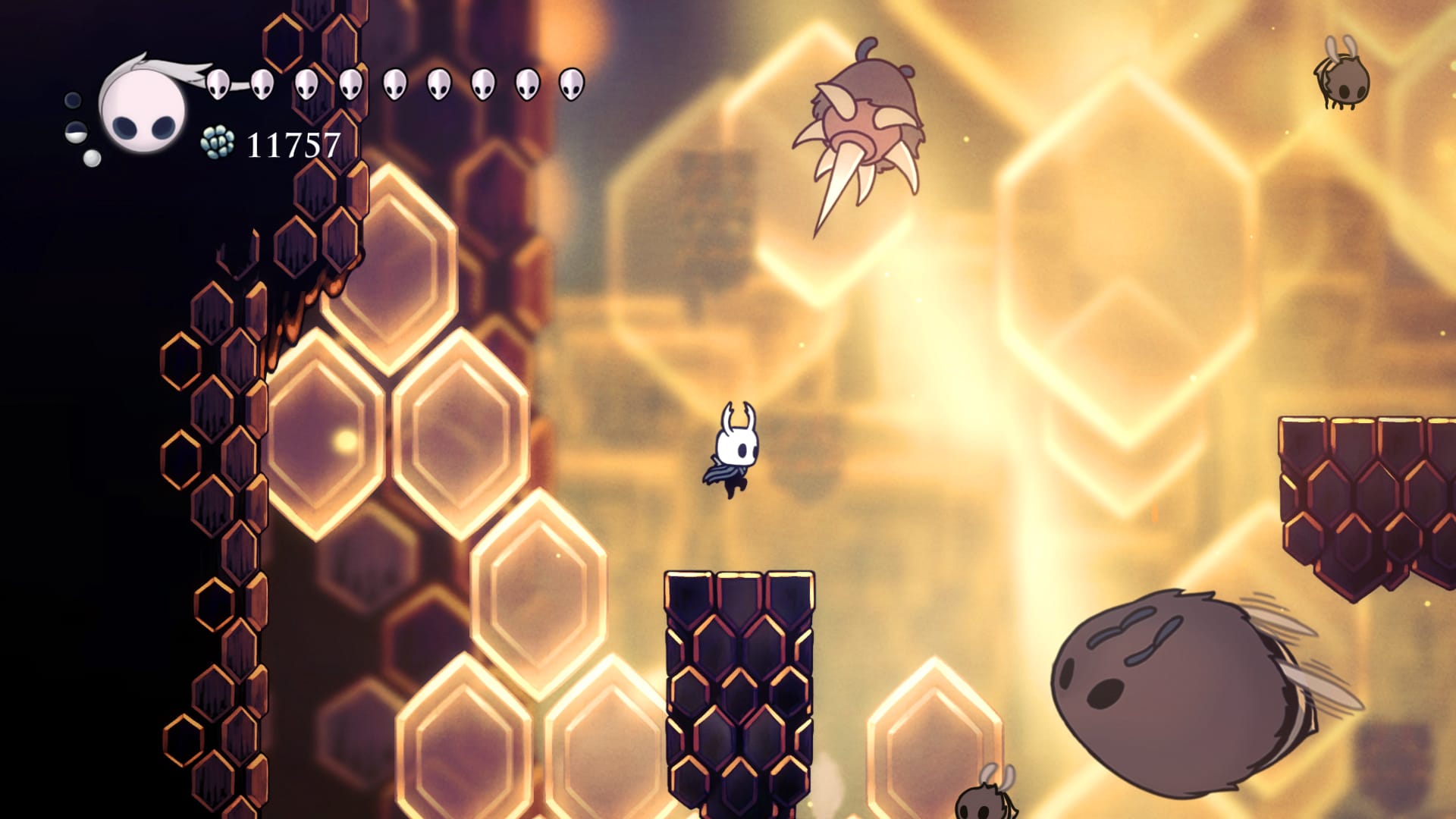
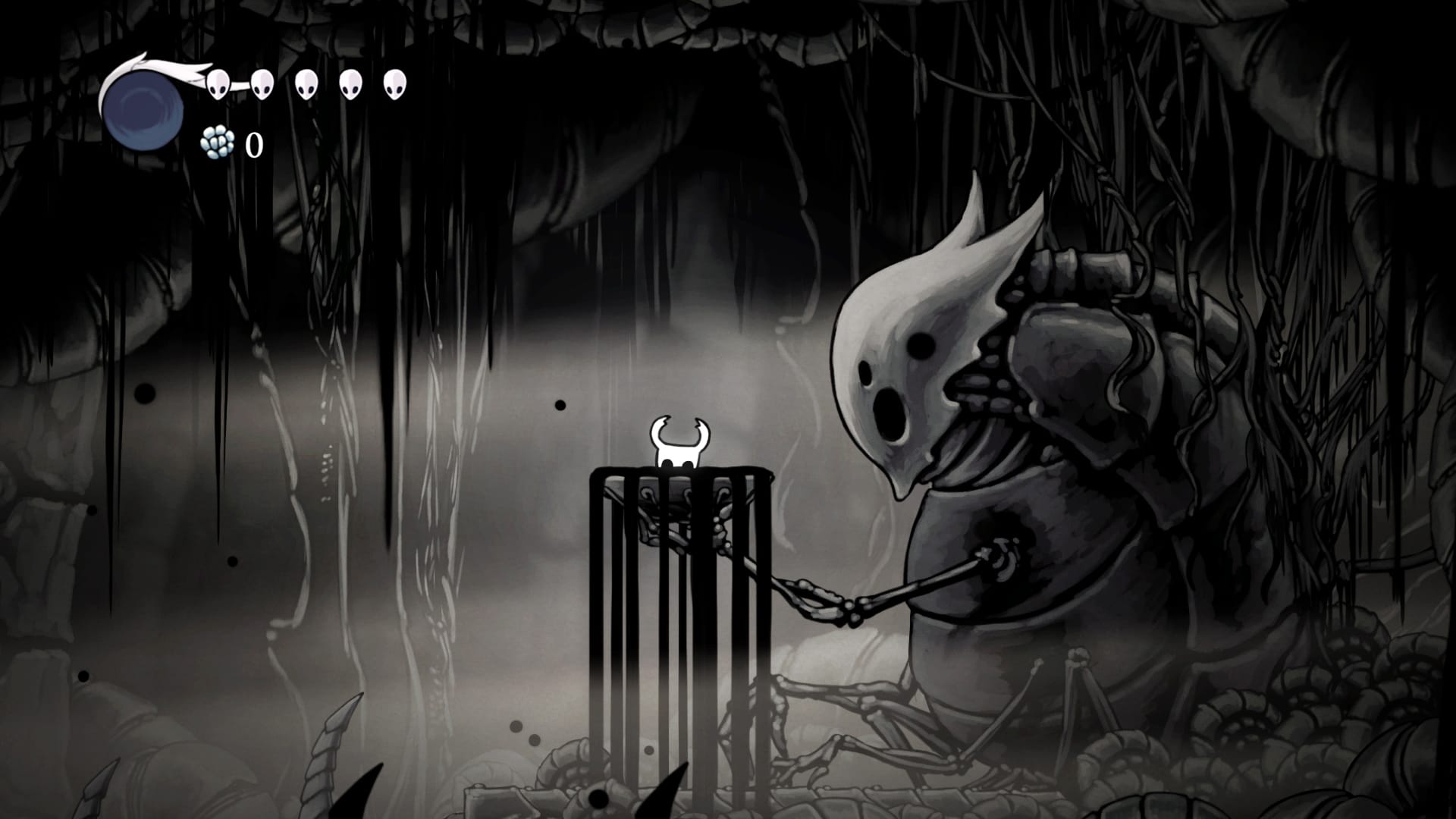
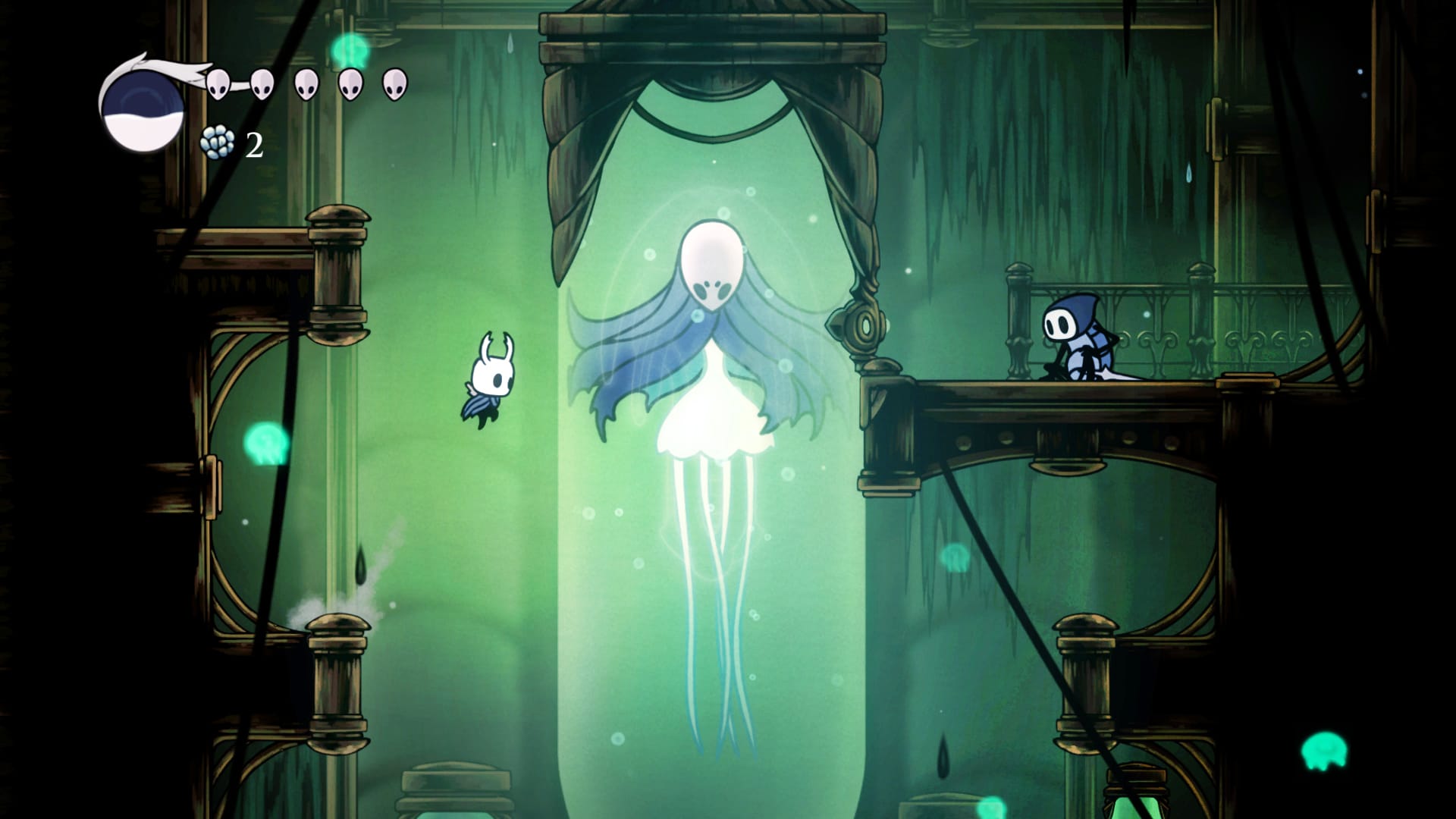
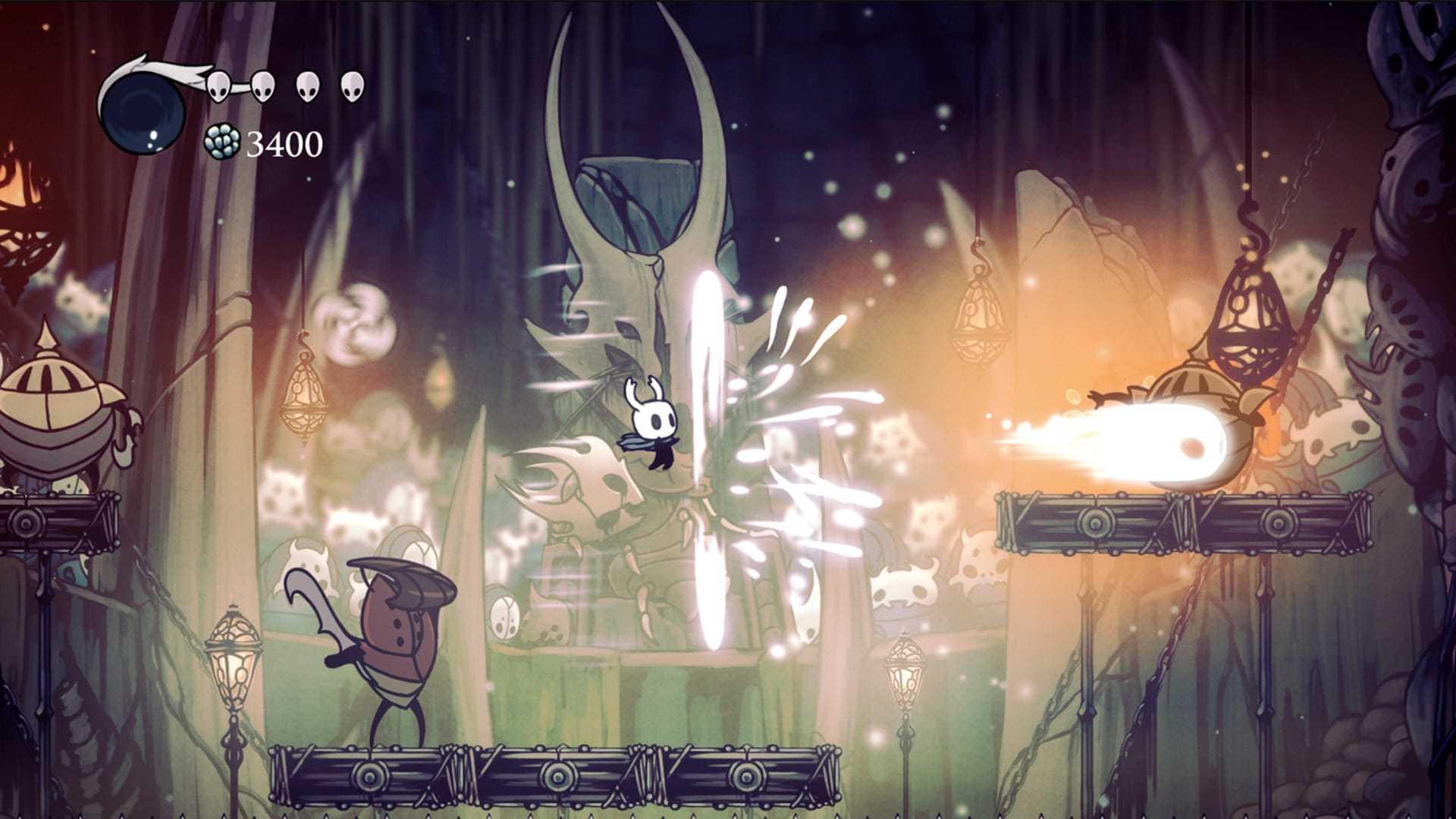
Verdict
★★★1/2
After getting over that initial early game hump and past three false starts, Hollow Knight became quite an enjoyable game for me. The art, atmosphere, and music are clear standouts and drew me into the world of Hallownest. The gameplay formula was an acquired taste, but once it clicked exploration and platforming became more fun. Traversal just becomes quicker and more dynamic when more of the player abilities are unlocked. Once I understood my characters progression mechanics better, boss fights began hitting just the right notes with a well-tuned difficulty. A handful of attempts to learn their move set and stages and then victory would arrive as a beautiful dance unfolded. I don't know if I'm fully sold on Hollow Knight and Metroidvanias though. Exploration, while at times rewarding, can begin to drag and feel tedious. I didn't 100% this game, I'm not going to be rushing to play Silksong, and other Metroidvanias are not piquing my interest. While the gameplay loop here in Hollow Knight grew on me, I'm not really itching for more.
